Our Service
Our Service
1、Innovative Agricultural Nutrient Solutions
The development of agriculture is highly dependent on soil and crop nutrition supply, but traditional fertilization methods are prone to nutrient loss, environmental pollution, and cannot accurately meet the needs of different crops.Deep ocean water, mineral elements, biologically active substancesThrough the support of advanced technology, we can achieve accurate and efficient plant nutrient replenishment solutions, improve crop growth efficiency, enhance stress resistance, and optimize the yield and quality of final agricultural products.
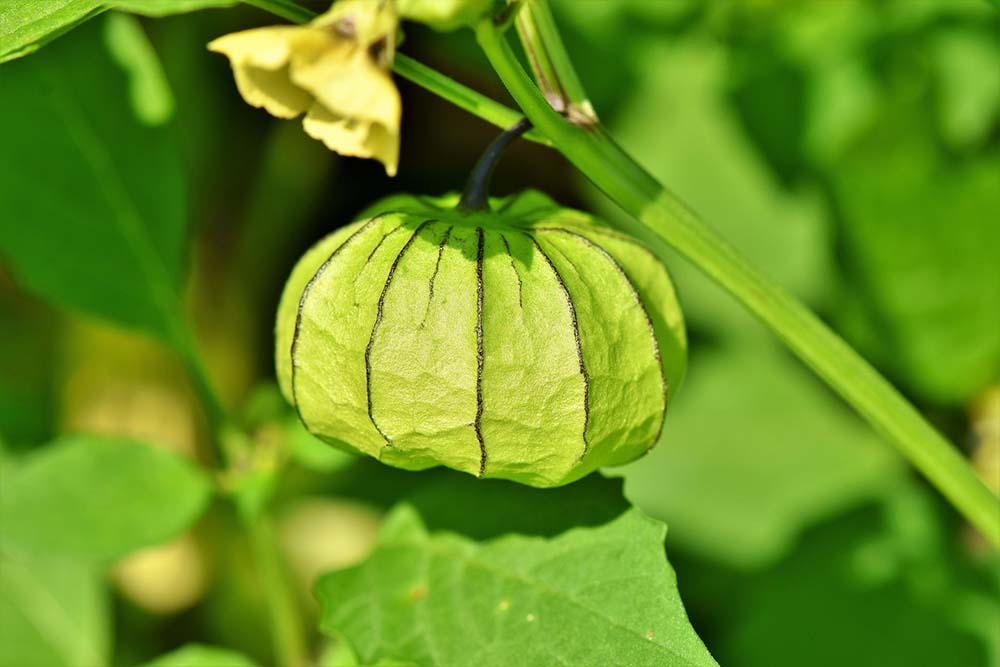
Advanced Plant Nutrition Technology
During the growth process of crops, various essential trace elements (such as iron, zinc, copper, molybdenum) and major nutrients (such as nitrogen, phosphorus, potassium, calcium, magnesium) are needed to maintain normal physiological metabolism. Our independently developed agricultural nutrient solution combines deep ocean water, amino acids, biostimulants and natural minerals, and uses nano-scale bioactive factors to help crops absorb nutrients efficiently, making them grow stronger and improving overall yield and quality.
- Core Advantages
- Enhance root development – Enhance root hair growth, improve the root system’s ability to absorb water and nutrients, make crops deeply rooted, and reduce the risk of lodging.
- Improve photosynthesis efficiency – Through the precise ratio of mineral elements, chlorophyll synthesis is enhanced, photosynthesis efficiency is improved, and plants grow more vigorously.
- Enhance disease resistance and stress resistance – Enhanced cropDisease, drought, cold damage, salinization of soilimprove adaptability, increase survival rate and reduce losses caused by pests and diseases.
- Promote sugar and flavor accumulation – By optimizingPotassium, calcium, magnesiumThe proportion of elements such as sugars and vitamins makes the fruit sweeter and tastes better, thus increasing the added value of agricultural products.
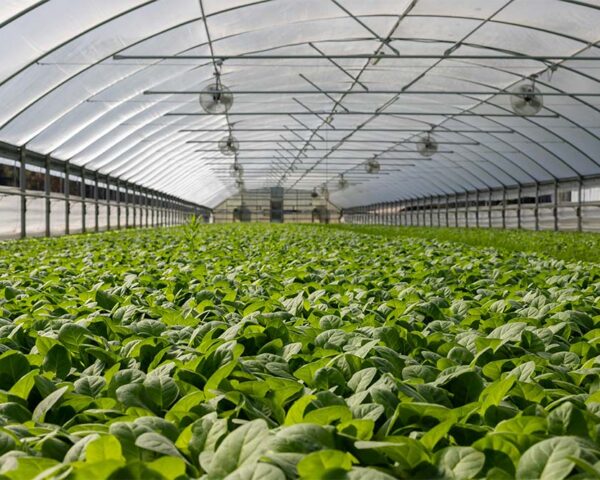
Our high-performance plant nutrition technology can be applied toFruit trees, vegetables, grain crops, herbal medicines, ornamental plants and aquaculture, providing optimized nutrient solutions for different industries.
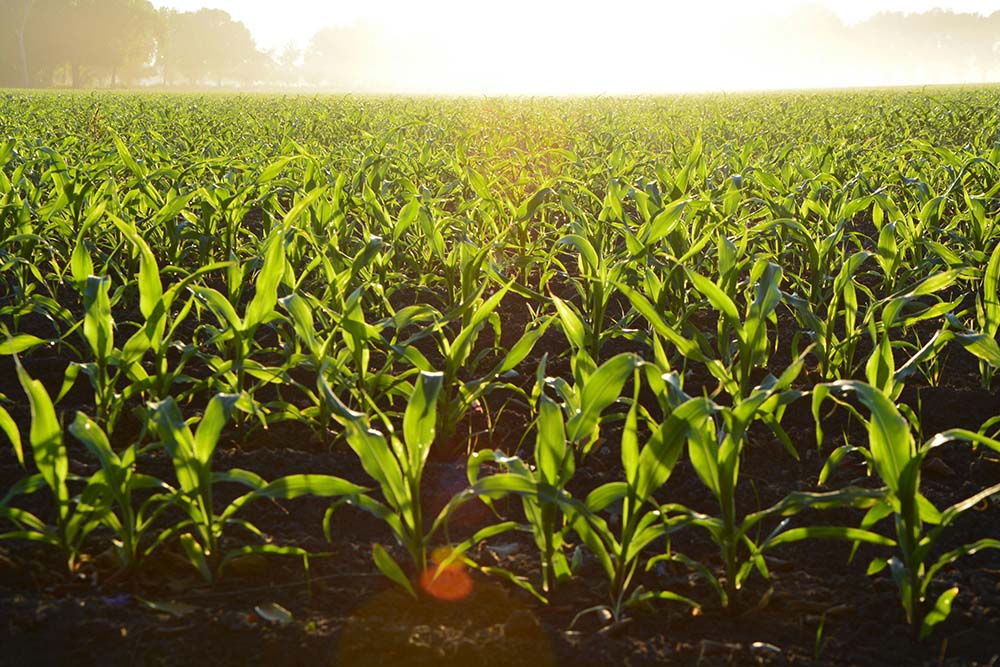
Rapid Absorption & Targeted Utilization
Traditional fertilizers or liquid nutrients are often not fully absorbed by crops due to low solubility and fast loss, resulting in waste and environmental pollution. Our nutrient solution uses high-efficiency chelation technology and nano-level nutrient solution molecular structure, which can significantly improve the plant's absorption rate of nutrients and avoid the waste of traditional fertilizers caused by soil fixation or degradation.
- Core Advantages
- Rapid penetration of cell walls – Through nano-scale chelating factors, the nutrient solution can directly enter the plant cells, improving nutrient utilization and reducing loss.
- Reduce the frequency of fertilization – Nutrients are more easily absorbed, requiring less frequent fertilization, reducing labor costs and improving planting efficiency.
- Reduce pollution from chemical fertilizers – Use biologically active formulas to reduce dependence on chemical fertilizers, improve soil quality, and reduce groundwater pollution.
- Precise nutrient ratio – Provide targeted nutrition supply according to the needs of different crop growth stages to optimize yield and quality.
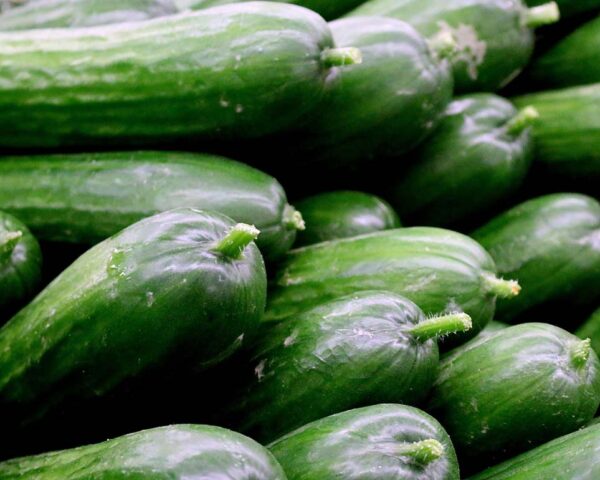
Traditional fertilizers often cannot meet the needs of modern agriculture for precise fertilization, but our efficient absorption technology can ensure that every drop of nutrient solution is maximized, allowing crops to grow healthier, reducing environmental burden, and promoting sustainable agricultural development.
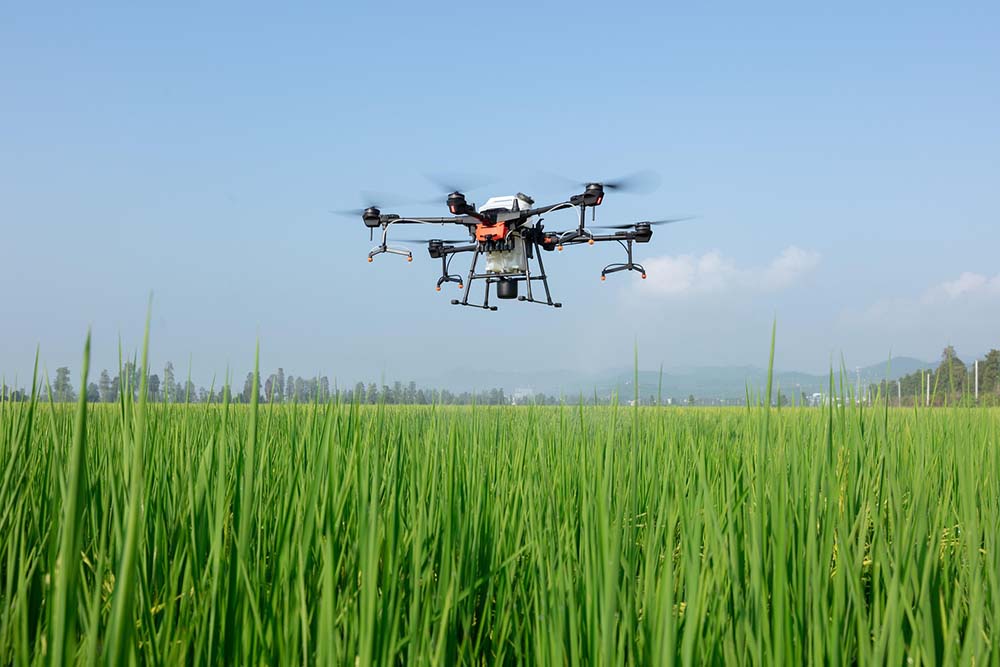
Versatile for Diverse Agricultural Systems
The development of modern agriculture covers many fields, from open-air planting, greenhouse planting, hydroponic cultivation, to vertical agriculture, temperature-controlled environment agriculture, and aquaculture. Different agricultural models have different requirements for nutrients. Our nutrient solution is highly adaptable and widely applicable, and can provide efficient nutrient support for crops in different environments.
- Scope of application
- Open air planting – Suitable for orchards, farmlands, and large-scale grain crop production to improve crop resistance and yield.
- Greenhouse cultivation – Combined with precision fertilization system, it optimizes crop growth conditions and improves quality and unit output.
- Hydroponic cultivation – Suitable for soilless cultivation technology, providing balanced nutrition for plants and promoting rapid growth.
- Vertical Farming – Suitable for urban agriculture, indoor agriculture, and improving the production efficiency of intensive crop planting.
- Aquaculture – Provide trace elements and minerals required by aquatic plants and animals, improve the stability of aquaculture water environment, and reduce disease risks.
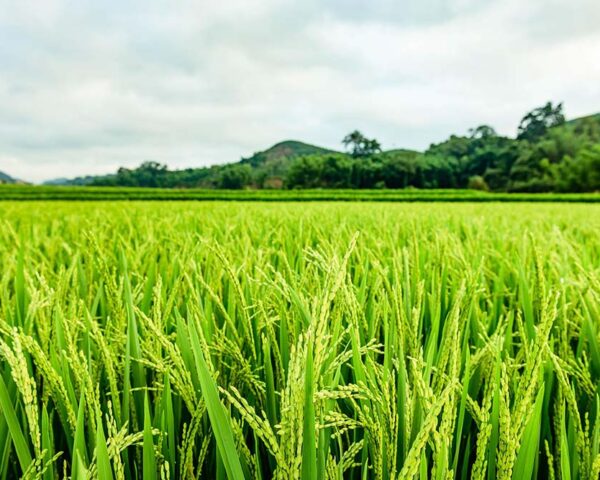
We can provide according to the needs of different industriesCustomized nutrient solution, ensuring that each crop can obtain the most suitable nutritional supplement in different environments.
2、Pesticide Residue Decomposition Technology
Modern agriculture widely uses chemical pesticides, but long-term reliance on pesticides can easily lead to residue problems, affecting food safety and soil health.Pesticide Residue Decomposition Technology,based onDeep sea water and active enzymesThe unique formula can effectively decompose pesticide residues on the surface of crops, ensuring that agricultural products meet safety standards while protecting the environment.
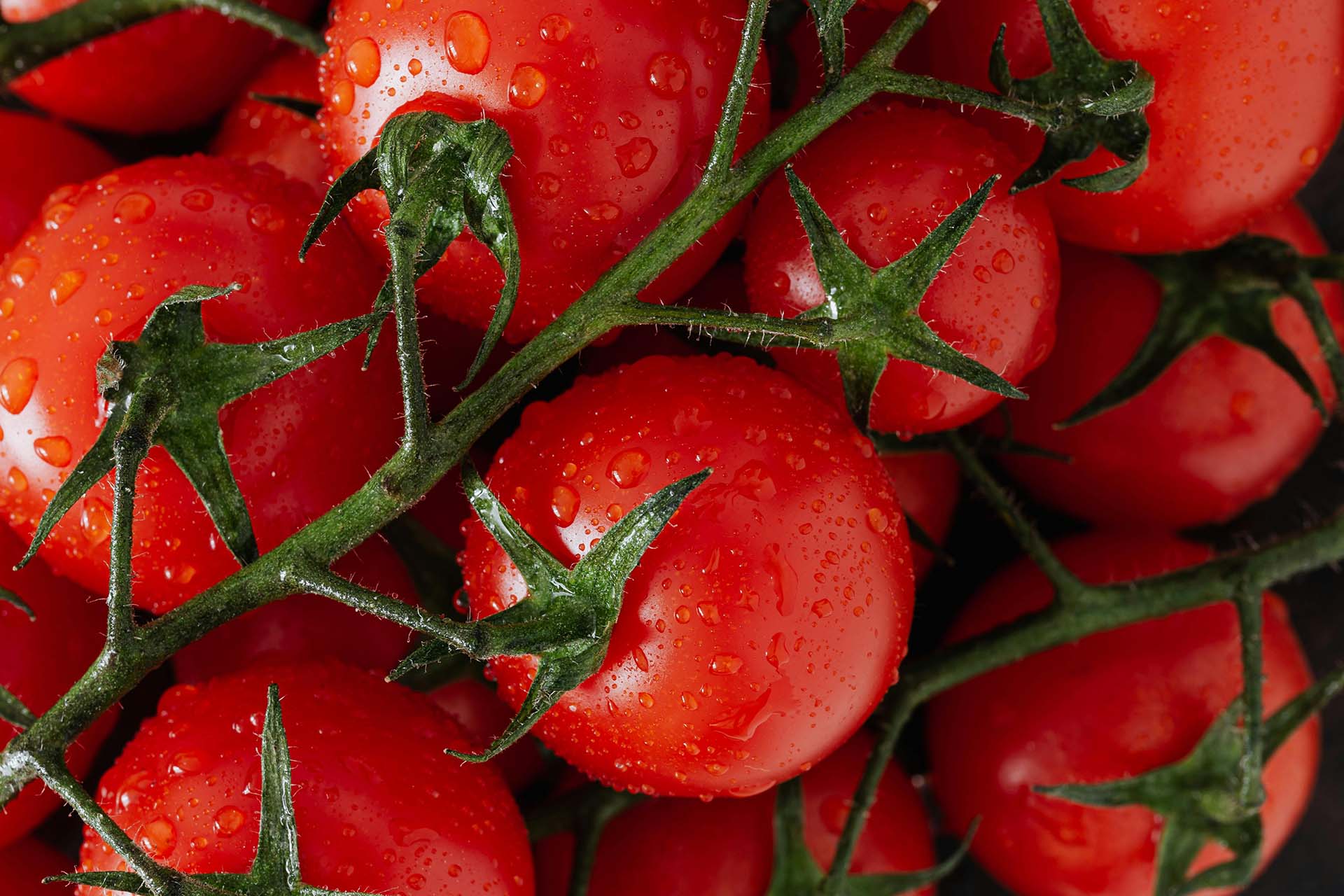
Complete Pesticide Degradation
Traditional pesticide residues on the surface of crops and in the soil may accumulate over a long period of time, causing harm to human health and the ecosystem. The pesticide degradation nutrient solution we developed can quickly decompose common pesticide molecules and convert them into non-toxic and harmless organic matter, so that agricultural products can meet zero pesticide residue standards.
- Core Advantages
- Highly efficient degradation of pesticide residues above 90% – Can quickly decompose organophosphorus, chlorides and other common pesticide components.
- Does not affect the taste and appearance of crops – Does not damage the natural wax layer on the surface of fruits and vegetables, retaining the original color, flavor and quality of the products.
- Suitable for various agricultural products – It can be used for different crops such as fruits, vegetables, grains, tea, etc. to improve food safety.
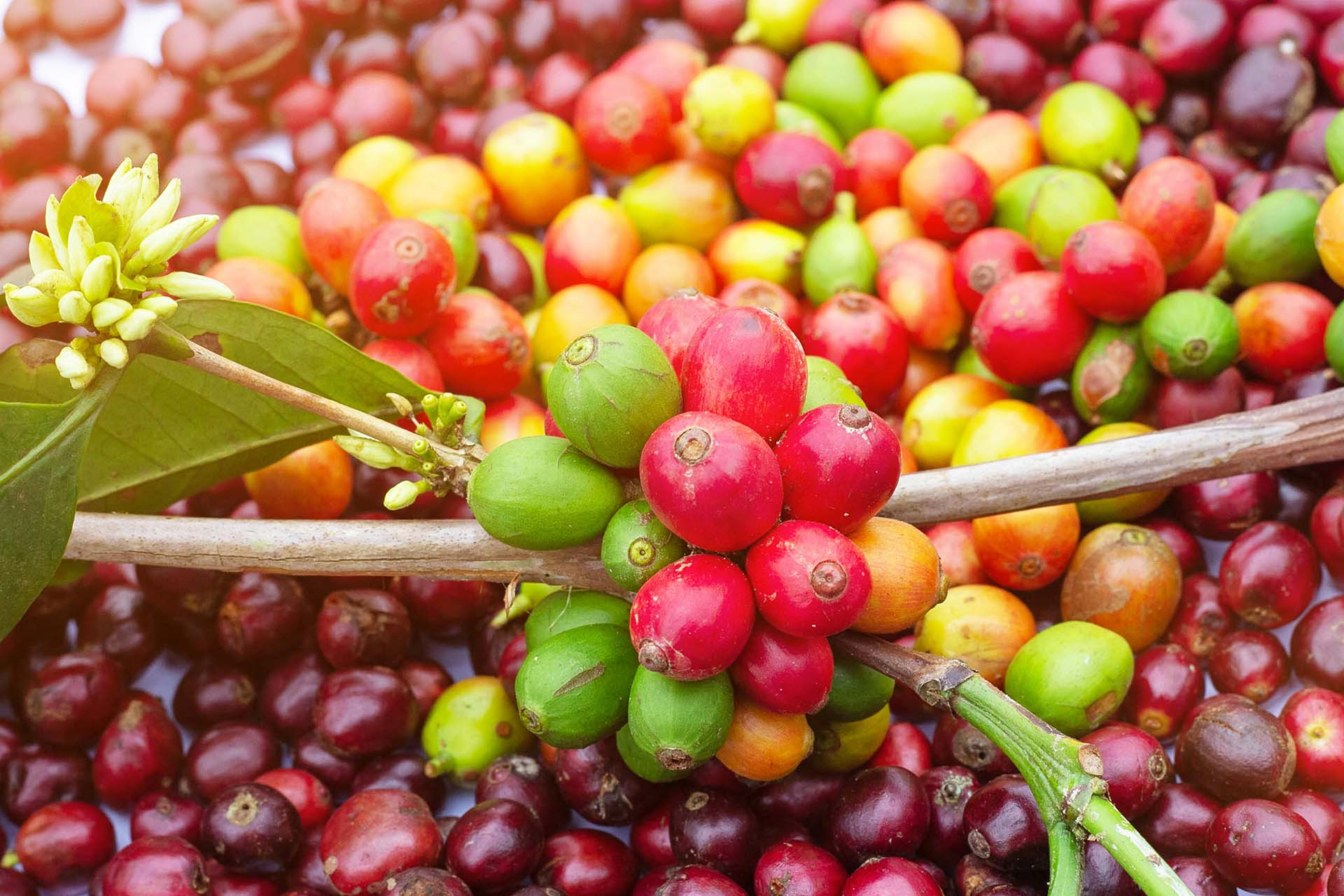
Eco-Friendly & Non-Toxic Approach
Different from chemical washing or high-temperature treatment, our decomposition technology uses natural minerals and active biological enzymes, which will not destroy the nutrients of crops or cause secondary pollution to the environment, and is in line with the development trend of green agriculture.
- Advantages and features
- Non-toxic and harmless – Made of natural ingredients, harmless to human body, safe for use in food processing and agricultural production.
- Reduce water pollution – Traditional pesticide residues easily enter groundwater. Our degradation technology can reduce soil pollution and protect the ecological environment.
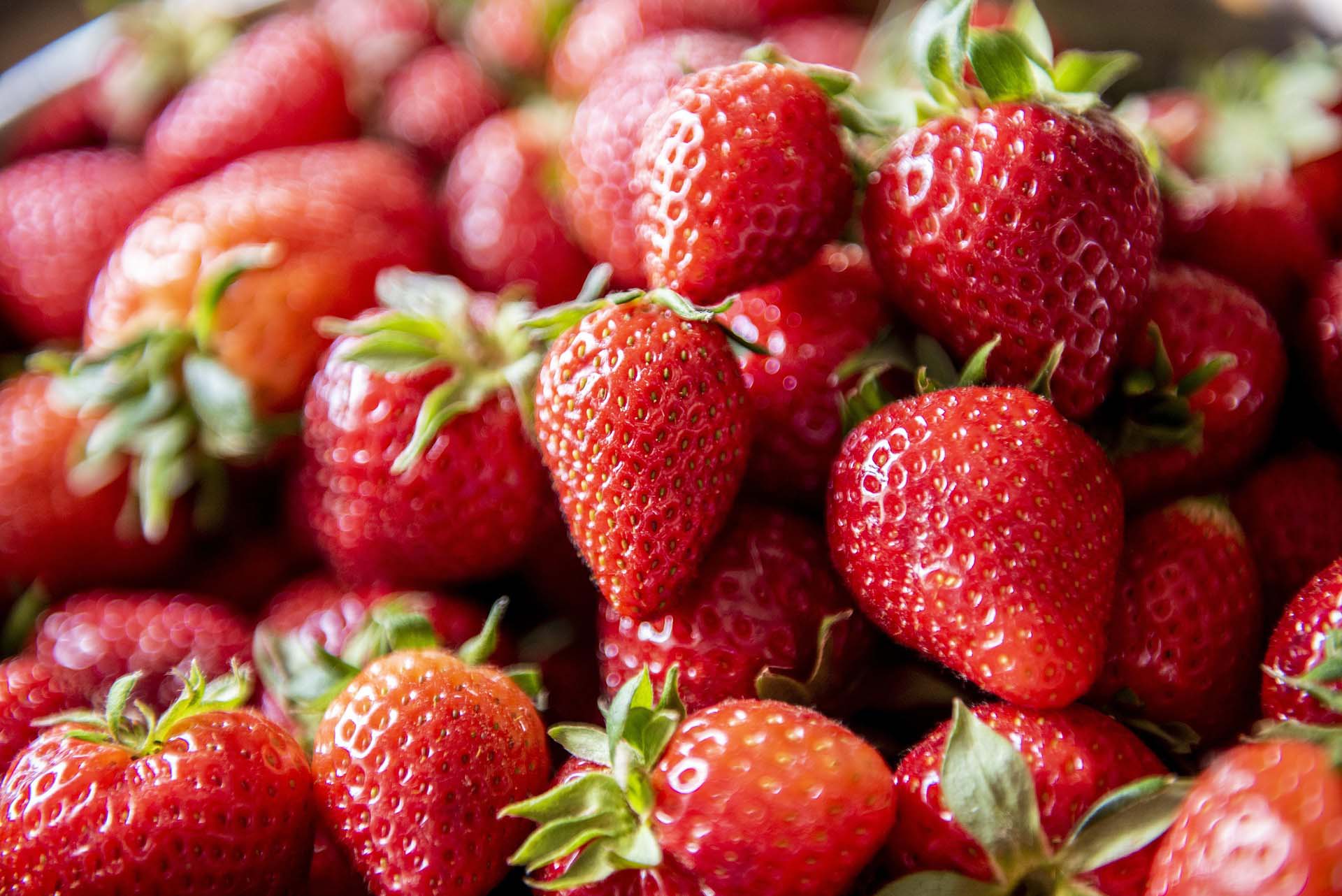
Enhancing Agricultural Market Value
By removing pesticide residues, agricultural products can enter stricter international markets such as the EU, Japan and the United States, improve brand value and increase farmers' income. We help farmers optimize production processes so that agricultural products meet export standards and gain greater advantages in the global market.
3、Soil Regeneration & Ecological Restoration
Soil is the foundation of agricultural production, but long-term use of chemical fertilizers, pesticides and improper farming methods will damage soil structure, cause nutrient loss and disrupt ecological balance. We use innovative soil improvement solutions to restore soil health, improve the crop growth environment, keep the land productive and achieve sustainable agricultural development.
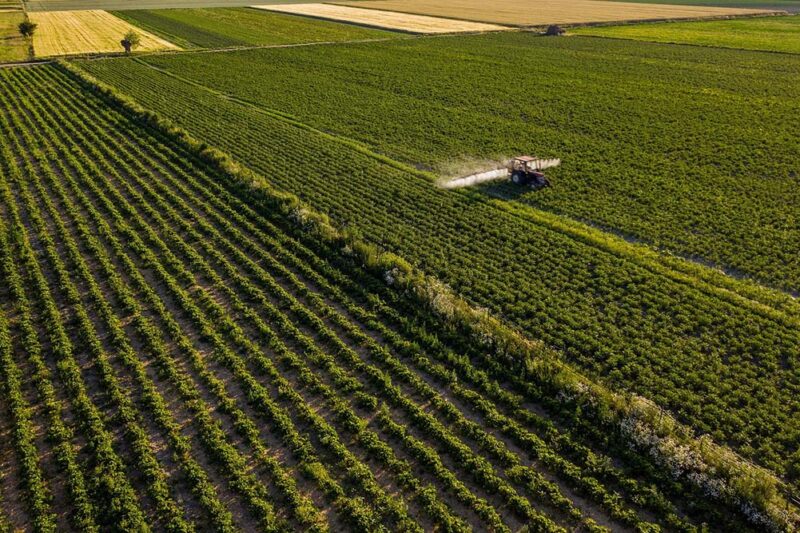
Enhancing Flavor & Nutritional Content
Soil compaction is a common problem in modern agriculture, which leads to decreased soil permeability, restricted root growth, and affected crop nutrient absorption.Bio-enzymeandMineral elements, promote soil particle aggregation, improve soil physical structure, increase soil looseness and air permeability, enable roots to grow deeply, and improve nutrient absorption efficiency. At the same time, our improvement plan canPromote the growth of beneficial microorganisms, enhance the activity of soil microorganisms, optimize the soil ecosystem, restore the natural fertility of the soil, and revitalize the land.
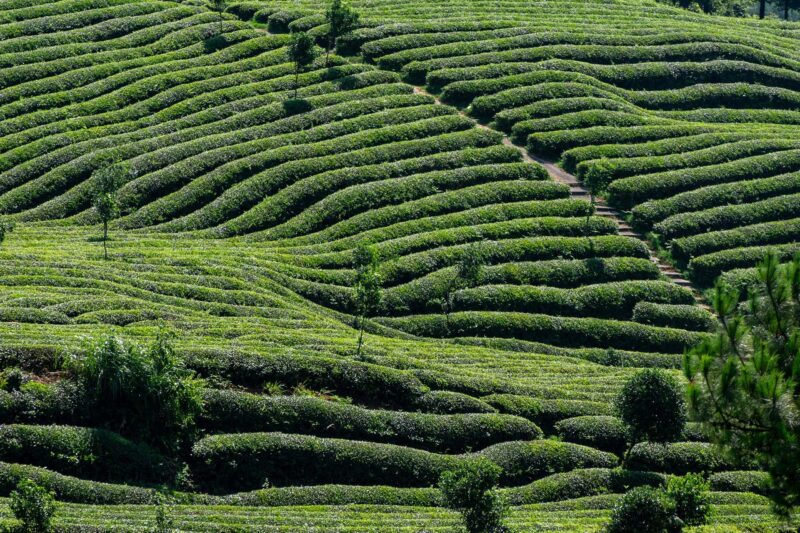
Balancing pH & Restoring Ecosystem Health
Excessive fertilization, acid rain erosion and long-term planting of a single crop can easily lead to soil acidification or salinization, which in turn affects crop growth. Our soil improvement nutrient solutionRich in mineral ingredients to buffer pH, which can effectively neutralize excess acid and alkaline substances in the soil and help restore the natural balance of the soil. A healthy soil pH value canPromotes root absorption of minerals, increase the growth rate of crops, reduce diseases caused by soil acidification, and increase the survival rate and yield of crops.
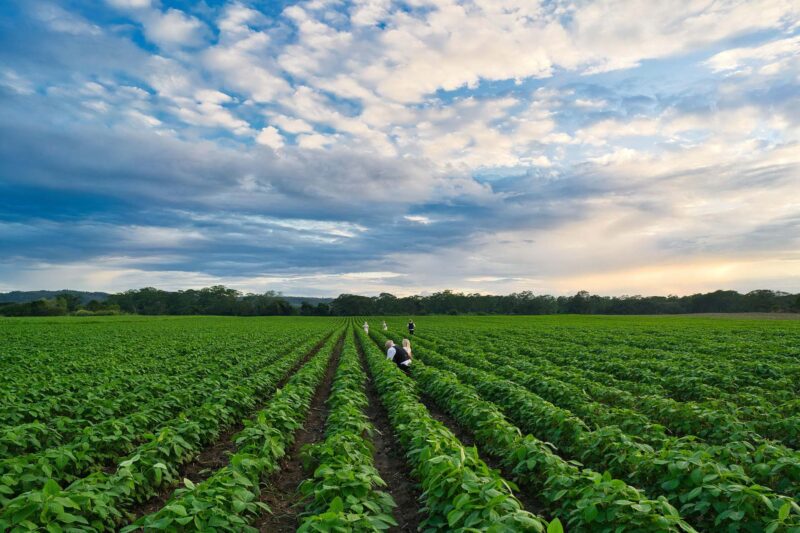
Boosting Soil Fertility for Long-Term Productivity
Long-term application of chemical fertilizers will lead to loss of soil organic matter and affect the soilWater and fertilizer retention capacity, ultimately reducing the productivity of the land. Our soil improvement solutionsUtilizing organic nutrients and biostimulants, increase the organic matter content in the soil and enhance the soilMoisture retentionandNutrient retention capacity, so that crops can continue to obtain sufficient nutrients. In addition, our technology can reduce the use of chemical fertilizers, reduce the burden on the soil, and keep the land fertile for a long time, suitable for long-term farming.
4、Crop Yield Enhancement Solutions
The goal of agricultural production is to increase yield and economic benefits, but traditional planting methods face problems such as long growth cycles, low fruiting rates, and frequent diseases. Our agricultural production increase solution, combined with precise nutrition and biotechnology, helps crops grow faster and healthier, ensuring that farmers get higher returns.
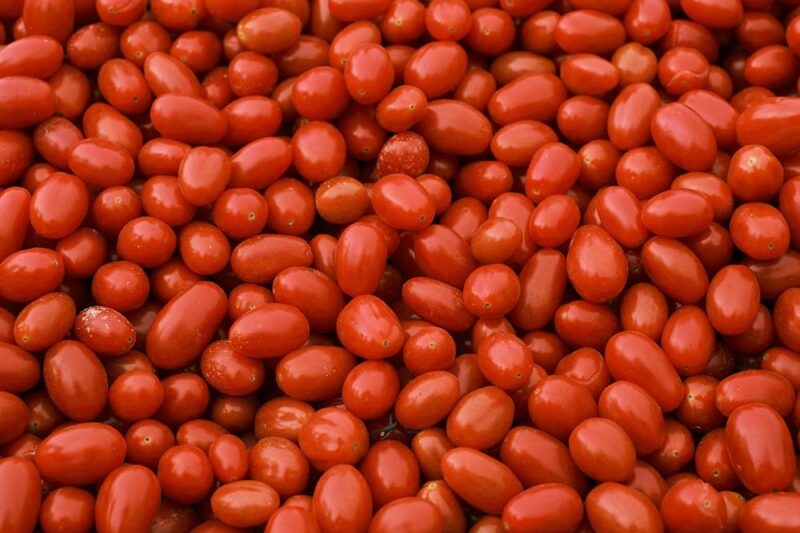
Accelerated Growth Cycle
The growth cycle of crops is usually affected by factors such as light, water, nutrition and climate.High efficiency plant nutrient solutionuseMicrobial Activation Technology,canSpeed up cell division, shorten the growth cycle of crops, make crops enter the harvest period earlier, and increase the yield per unit time. For fruit trees and vegetable crops, our solution canOptimizing Growth Hormone Regulation, making the plants mature earlier, improving planting efficiency and creating higher profits for farmers.
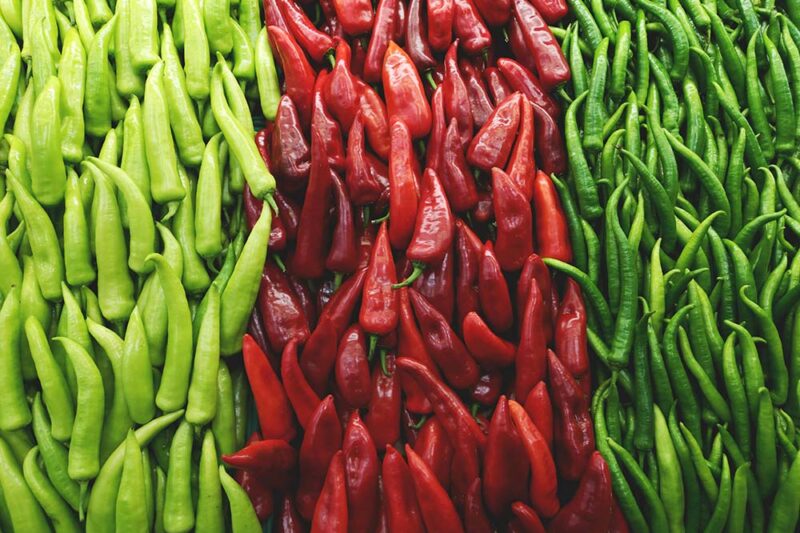
Maximizing Flowering & Fruiting
The flowering and fruiting ability of crops directly affects the harvest. If the nutrient supply is unbalanced or the environmental conditions are not good, it is easy to causeFalling flowers and fruitsOur nutrient solution is rich inPlant hormones that promote floweringandTrace elements (such as boron, zinc), can increase the flower bud differentiation rate, improve pollination efficiency, and enhance fruit setting rate.Stress resistance factorCan reduceClimate change or water imbalanceThe resulting flower and fruit abscission makes the yield more stable and ensures better fruit quality.
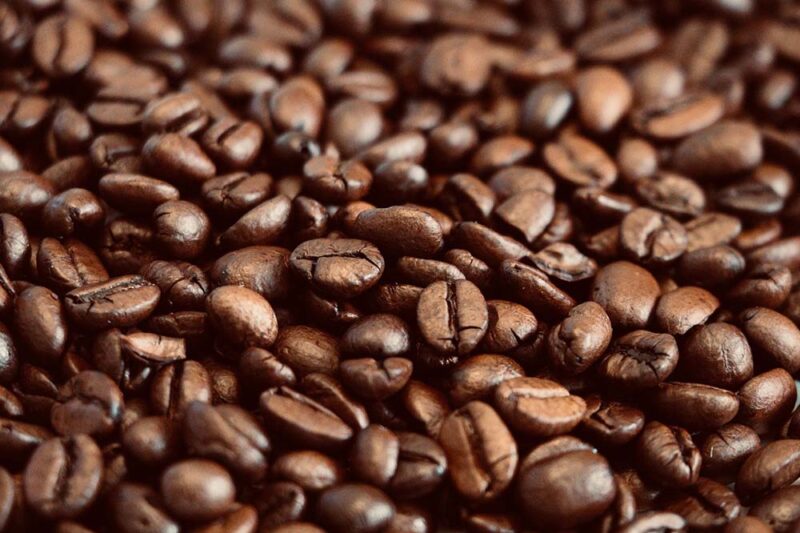
Strengthening Disease & Stress Resistance
During the growth of crops,Environmental stresses such as pests and diseases, drought, and cold weatherThe threat of nutrient loss can affect growth and even lead to reduced yields.Rich in Natural Antioxidants,Antimicrobial peptidesandBioactive substances,canEnhance plant immunity, improve resistance to diseases. At the same time, our technology can promote the thickening of crop cell walls and improve cropCold and drought resistance, ensuring that crops can maintain stable yields in extreme environments.
5、Premium Quality Enhancement
Modern agriculture not only pursues high yield, but also high quality and high added value. Our quality optimization solutions ensure that agricultural productsTaste, nutrition, storage and appearanceAchieve the best standards in all aspects and improve market competitiveness.
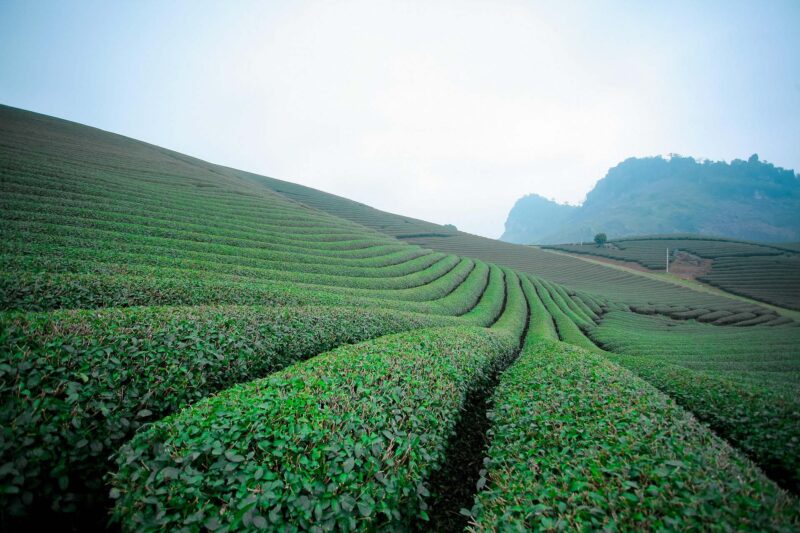
Enhancing Flavor & Nutritional Content
Soil compaction is a common problem in modern agriculture, which leads to decreased soil permeability, restricted root growth, and affected crop nutrient absorption.Bio-enzymeandMineral elements, promote soil particle aggregation, improve soil physical structure, increase soil looseness and air permeability, enable roots to grow deeply, and improve nutrient absorption efficiency. At the same time, our improvement plan canPromote the growth of beneficial microorganisms, enhance the activity of soil microorganisms, optimize the soil ecosystem, restore the natural fertility of the soil, and revitalize the land.
Extending Shelf Life & Freshness
Modern agriculture needs to faceLong distance transport and storageIf the agricultural products are not durable in storage, it will cause a high loss rate.Optimizing cell wall structure, reduce water loss, increase the storage life of fruits and vegetables, make them less likely to rot during transportation, reduce losses, and improve the stability of market supply.
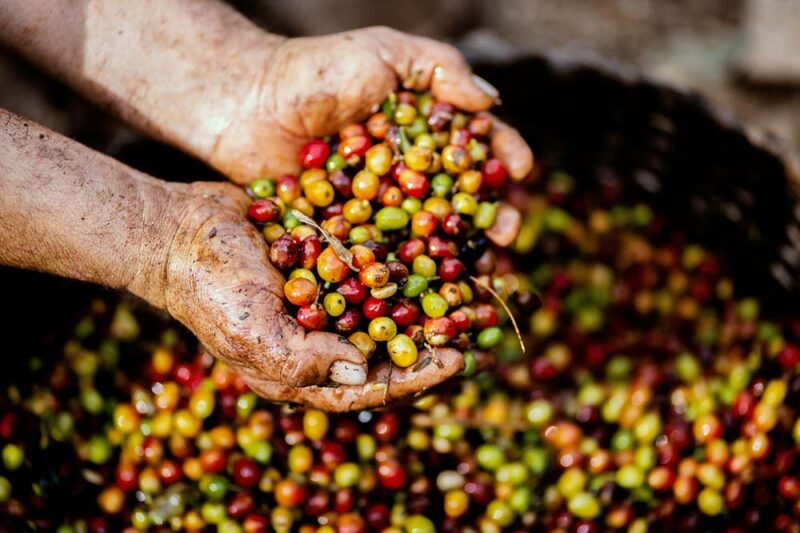
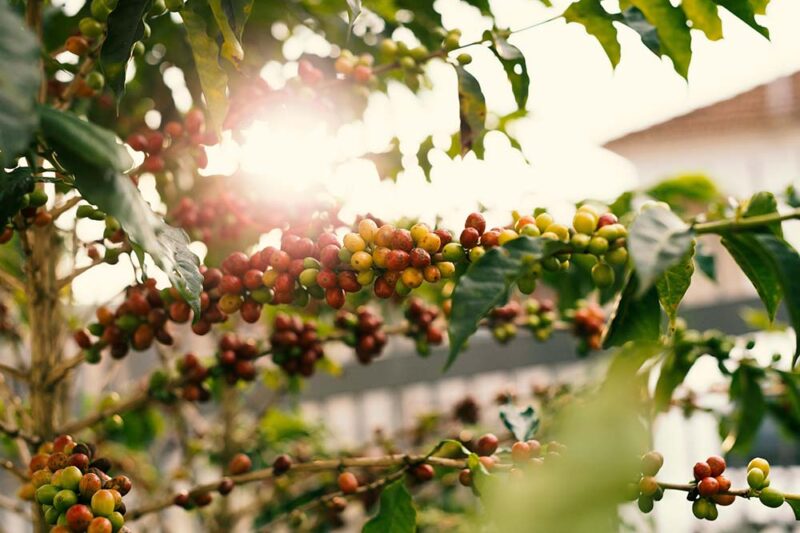
Optimizing Aesthetic Appeal & Market Competitiveness
Agricultural productsAppearance, size, colorOur solution can promote the uniform growth of fruits, make the skin smoother and the color brighter, increase the value of commodities, and help farmers obtain higher profits.
6、Energy Conservation & Carbon Reduction
Against the backdrop of increasingly serious global climate change and environmental pollution, agriculture is facingExcessive resource consumption, increased greenhouse gas emissions, and increased environmental burdenTherefore, we are committed to developingEnergy-saving and carbon-reduction technologies, improve agricultureEnergy efficiency, reducing dependence on fossil fuels and optimizing agricultural production processesCarbon Footprint Management, ensuring that agricultural production is more sustainable, environmentally friendly and in line with the global trend of green agricultural development.
OurEnergy saving and carbon reduction solutionsincludeSmart low-carbon agriculture, green energy integration and agricultural waste recycling, comprehensively improve the ecological friendliness of the agricultural industry chain and create an efficient, low-pollution and sustainable agricultural production model.
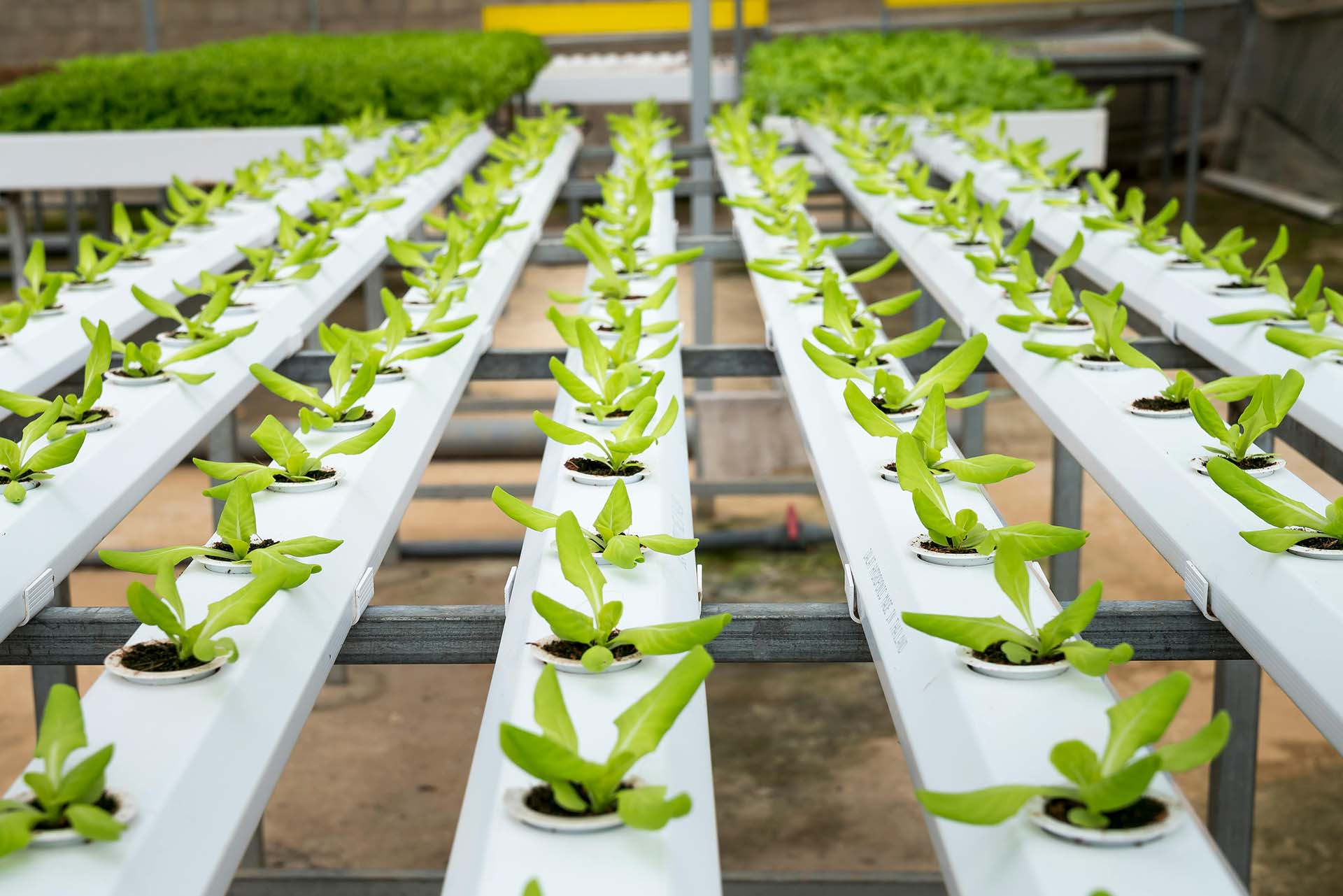
Smart Low-Carbon Agriculture
In modern agricultural production, problems such as excessive fertilization, irrigation waste, and over-cultivation will not only increase agricultural costs, but also release a large amount of greenhouse gases (such as CO₂, N₂O), exacerbating global warming. Therefore, we combine precision agricultural technology with intelligent management systems to improve agricultural production efficiency while reducing resource waste and carbon emissions, thus achieving a truly low-carbon agricultural model.
- Core technologies of smart low-carbon agriculture
Precision Fertilization
Traditional fertilization methods often lead to problems such as excessive fertilizer use, soil nutrient loss, and groundwater pollution. We use an intelligent fertilization system that combines soil nutrient sensors, AI data analysis, and drone fertilization technology to accurately deliver nutrients according to crop needs, avoid waste, reduce fertilizer use, and improve crop nutrient absorption efficiency, thereby reducing agricultural pollution at the root.
Smart Irrigation & Water Conservation
Global agricultural water use accounts for as much as 70%, but traditional irrigation methods waste a lot of water resources. We use intelligent drip irrigation, sprinkler irrigation and water circulation systems, combined with climate sensors, to accurately calculate crop water needs, increase water resource utilization by 40%~60%, reduce water resource consumption, and reduce agricultural energy consumption.
Biological Pest Control & Organic Farming
The use of traditional pesticides not only affects the ecological balance, but may also release harmful gases. We use biological control technology (such as the introduction of natural enemy insects and microbial pesticides) to reduce dependence on chemical pesticides, improve agricultural sustainability, ensure food safety, and reduce the impact on the environment.
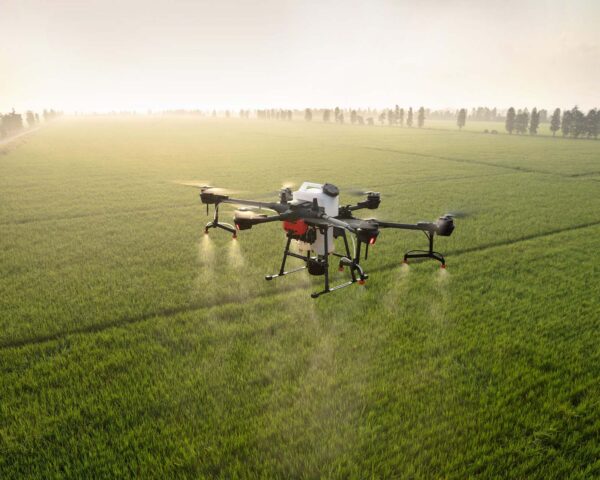
Drones & Automation
Traditional agriculture relies on manual labor, which is time-consuming, labor-intensive and wastes resources. Drone spraying technology can quickly and evenly cover farmland, reduce the use of pesticides, fertilizers and water resources, reduce carbon dioxide and nitrogen oxide emissions, and improve agricultural operation efficiency. In addition, automated agricultural equipment (such as robot weeding and automatic seeding machines) can also reduce carbon emissions caused by mechanical operations and optimize production processes.
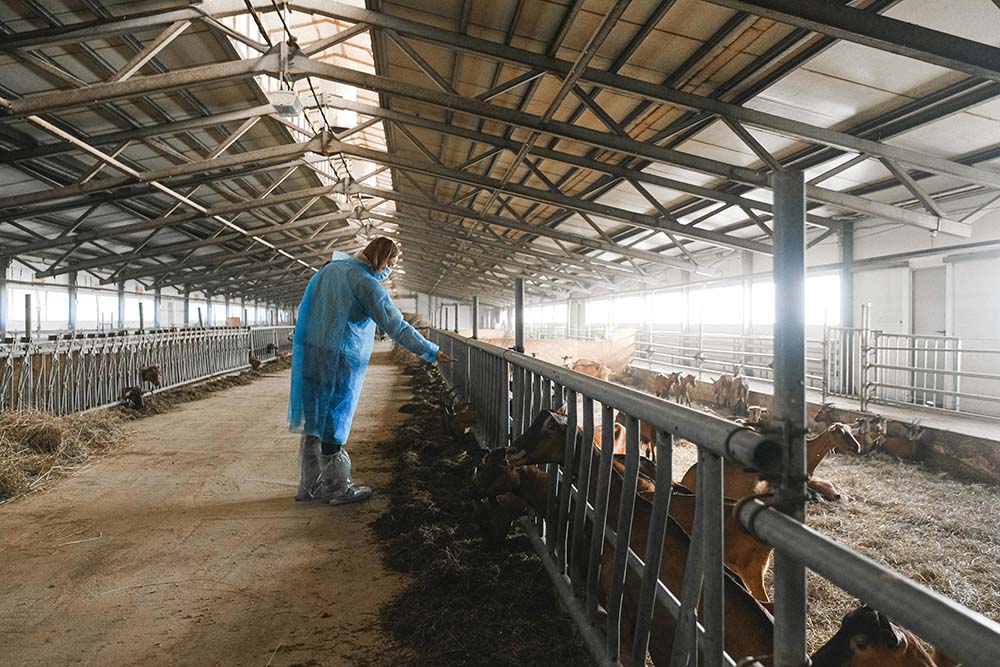
Integration of Renewable Energy
20%~30% of global energy consumption comes from the agricultural industry, and traditional agricultural production relies on high-carbon emission energy such as diesel generators and coal-fired equipment, causing a large amount of greenhouse gas emissions. We integrate green renewable energy, reduce dependence on fossil fuels, and make agricultural production more environmentally friendly and energy-saving.
- Green energy integration core technology
Agro-Photovoltaics, APV
It is one of the most popular green agricultural technologies in the world. We use solar panels to provide electricity for agricultural equipment and reduce dependence on traditional power grids. For example, installing a solar sprinkler system will make irrigation no longer dependent on fossil fuels, improve energy efficiency and reduce carbon emissions.
Wind & Hydropower in Agriculture
In areas with abundant wind resources, we can combine wind power generation to provide clean energy for agricultural facilities (such as greenhouses, farms, and agricultural machinery). At the same time, in areas with abundant water resources, we can use small hydropower systems to generate electricity using agricultural irrigation canals and streams to achieve sustainable energy supply for agriculture.
Biomass Energy & Biogas Systems
The agricultural production process will produce a large amount of crop straw, livestock and poultry manure, and abandoned plant residues. These organic wastes can be converted into biogas through anaerobic fermentation for farm lighting, heating, power generation, etc. In addition, biomass boilers can replace traditional coal-fired equipment, significantly reduce carbon emissions, and realize the recycling of agricultural waste.
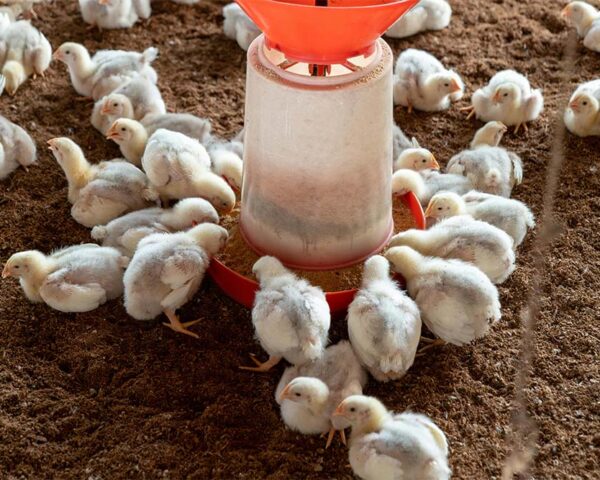
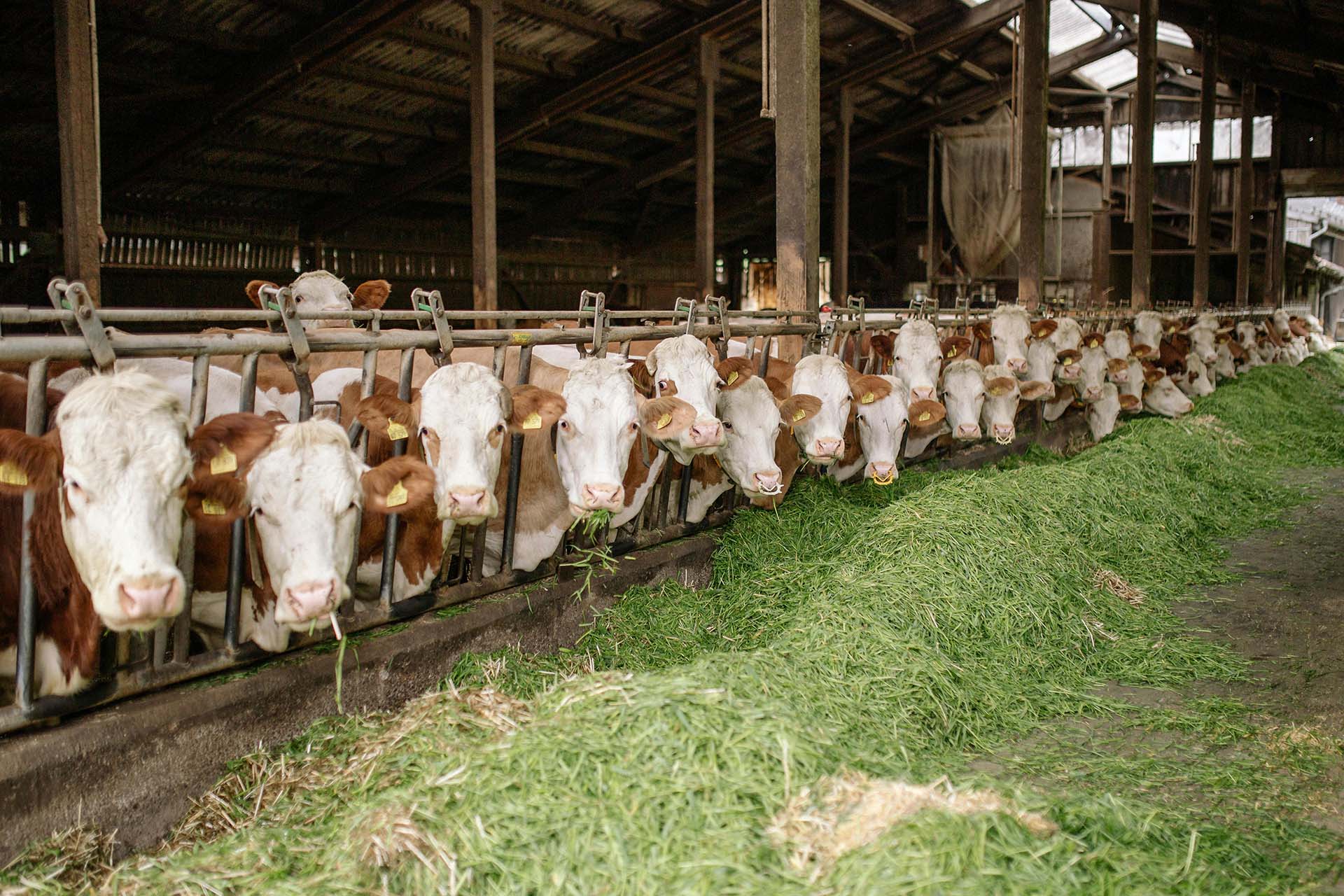
Agricultural Waste Recycling & Reuse
A large amount of waste generated by modern agriculture (such as straw, animal manure, crop residues, waste plastics, etc.) will pollute soil and water sources and increase carbon emissions if not treated. We adopt a circular agriculture model to transform agricultural waste into high-value resources, reduce pollution, and achieve resource recycling.
- Core methods for recycling agricultural waste
Straw Returning & Composting
In traditional agriculture, straw is usually burned, releasing a large amount of CO₂ and PM2.5 particles to pollute the air. We encourage returning straw to the fields, crushing it and mixing it directly into the soil to increase soil organic matter and improve soil structure. In addition, we use composting and fermentation technology to convert agricultural waste into organic fertilizer, reduce the use of chemical fertilizers, improve soil fertility, and reduce environmental pollution.
Manure Fermentation & Organic Fertilizer Production
The livestock industry produces a large amount of manure every year. If it is discharged directly, it will pollute water bodies and release methane (CH₄). We use manure fermentation technology to convert it into organic fertilizer, reduce methane emissions, and improve the sustainability of agricultural production.
Agricultural Plastic Waste Recycling
If plastic agricultural films, packaging materials and other waste are discarded at will, they will pollute the soil and water sources. We reduce agricultural plastic waste and improve the environmental protection index of agriculture through biodegradable biofilm and plastic recycling programs.

Energy conservation and carbon reduction to promote the green revolution in agriculture
passSmart low-carbon agriculture, green energy integration and agricultural waste recycling, we constructed aEfficient, environmentally friendly and sustainableWe believe that agriculture should not be a burden on the environment, butEcological sustainability and resource recyclingThe core link.
Our SolutionsIt not only reduces carbon emissions and improves agricultural efficiency, but also protects the ecological environment and achieves sustainable development of green agriculture.If further optimization or adjustment is needed, we can provide customized solutions to help agricultural enterprises move towards a more environmentally friendly and efficient future!